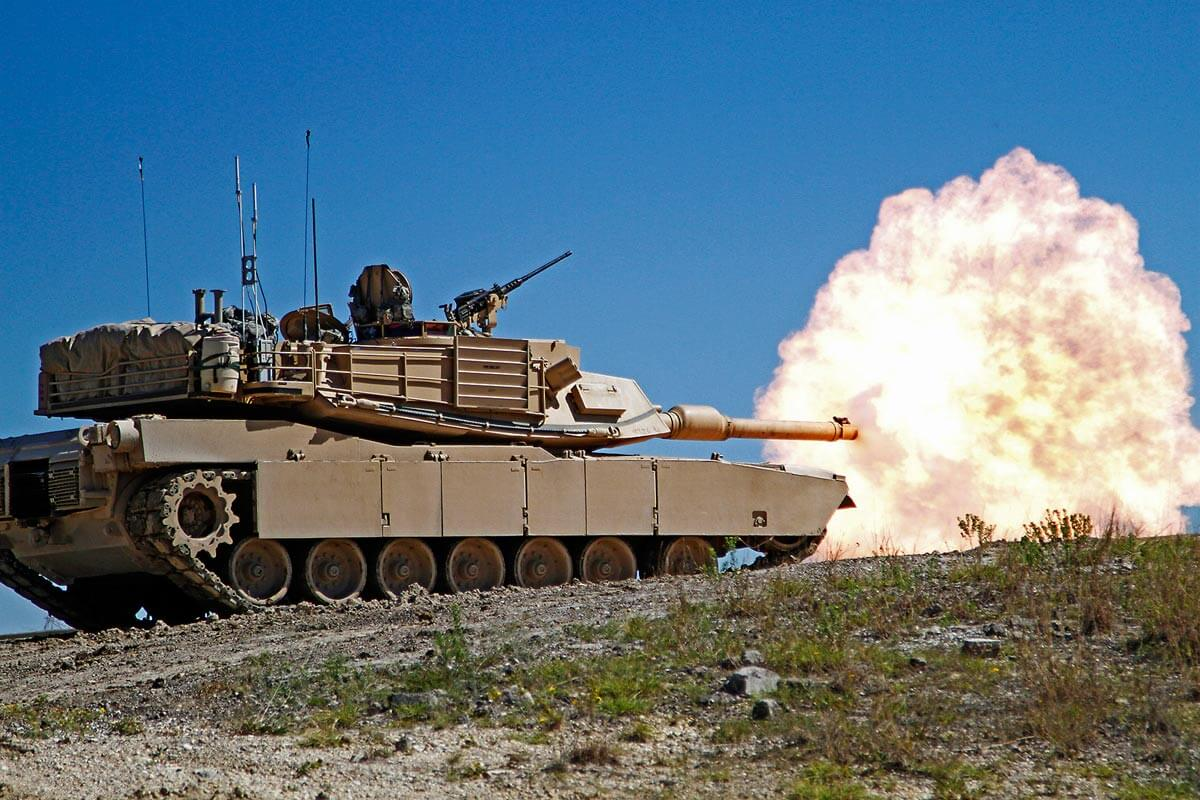
The Abrams tank has been a pillar of American land power for decades, but the Army is now envisioning it for a new era in war. After decades of incremental modernization and patchwork fixes, officials have concluded the next generation of combat requires something much more radical—a tank that isn’t merely stronger, but also lighter, faster, and better adapted to the conditions of contemporary conflict.

The pressure for change was born in recent combat experience, where tanks were tested in vicious close-quarter battles by sophisticated anti-armor systems. Tossing on extra armor layers was no longer an option. Commanders and engineers concurred that the Abrams needed to change in more basic ways—melding brute force with agility and creativity. Brig. Gen. Geoffrey Norman commented that the Abrams needs to be both strong and versatile, while Maj. Gen. Glenn Dean emphasized that protection will need to be a core part of the design rather than bolted on after the fact.

This change in mindset led to a radical decision in September 2023. Instead of moving forward with the then-planned M1A2 System Enhancement Package version 4, the Army decided on an alternate route: the M1E3 Abrams. Although some lessons learned from previous projects will be transferred, the new vehicle begins anew, centered around an open, modular system that can have future upgrades inserted more easily.

The Army has a clear vision for the M1E3. It needs to be as deadly as the older tanks, but it also needs to be more mobile, more maintainable, and more flexible in different missions. Cutting the heavy logistics tail that always accompanies armored units is an overarching objective because this will enable brigades to be more mobile and prepared to confront emerging threats anywhere, at any time. The Abrams is being transformed not only as a tank, but as part of an accelerated, more agile fighting system.

One of the most radical changes is in the speed with which this is supposed to occur. Where new tanks previously took a decade or more to go from concept to fruition, the Army now expects functional prototypes in two to three years. Army Chief of Staff Gen. Randy George made it plain that waiting is not in the cards, and Dr. Alex Miller, a top Army technology leader, encapsulated the vision with a call to take smart risks, go faster, and bypass old bureaucratic obstacles.

This vision also changes how the Army collaborates with industry. Rather than tightly managing each technical aspect, the military is allowing companies greater leeway to innovate, even borrowing successful technologies from the commercial market.

Sophisticated drivetrains, power systems, and self-improvements already in heavy equipment can be transferred to armored vehicles. The Army is also investigating automated loading systems for reducing crew burdens and integrated active protection systems to fend off incoming attacks before they reach the vehicle.

The M1E3 itself is becoming a much different type of tank. The engineers are hoping to achieve a lighter body, new energy sources, and armor built into the vehicle from the outset. The interior crew will probably find it more in tune with the times—less of the small, claustrophobic interior of older tanks and more of the streamlined, high-tech cockpit with minimal controls and high-tech displays. Due to its modular design, updates can be appended in the future much more easily, keeping the tank up-to-date without years of re-design.

This modernization initiative is not just for the Abrams themselves. The Army is also moving forward with the XM30 Mechanized Infantry Combat Vehicle, which is intended to replace the Bradley in the early 2030s. In conjunction with that program, the Next Generation Combat Vehicle program is looking at new troop transporters and even autonomous vehicles, indicating a much more comprehensive rethinking of armored forces’ fighting styles in the future.

For industry stakeholders, the Abrams redesign is both a massive opportunity and a challenge. General Dynamics Land Systems, the builder of the initial Abrams, is already significantly engaged in influencing nascent concepts and requirements. The Army is rushing to fund development while streamlining acquisition regulations to prevent the delays that too often encumber such efforts. If the program remains on track, it might demonstrate that the Pentagon can supply world-class systems at pace.

A great deal is at stake. As other countries continue to develop their armored units, the Army is counting on a smarter, lighter, and more agile Abrams to keep America’s soldiers ahead of the competition. The coming years will decide whether this bet pays off, but one thing is clear: The Abrams is on the cusp of a new era, and it could be the most pivotal in its long and illustrious history.
